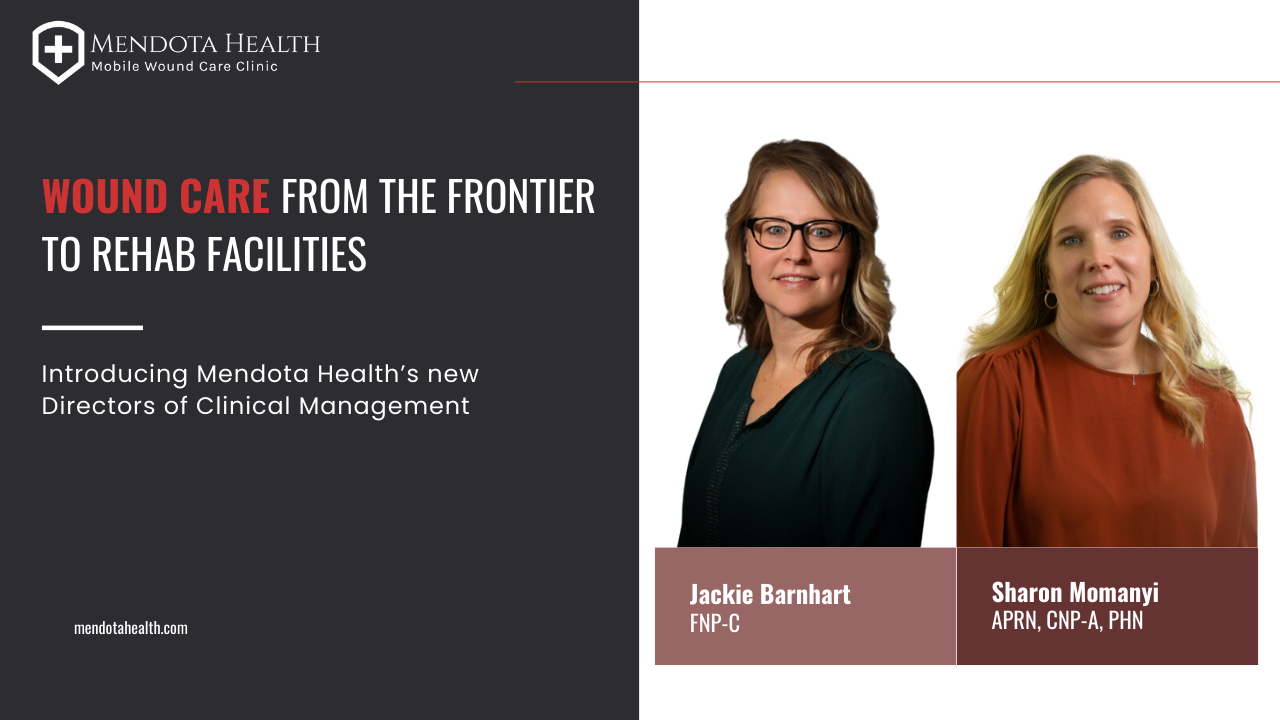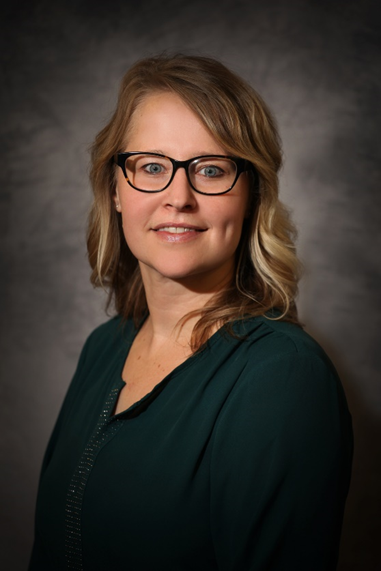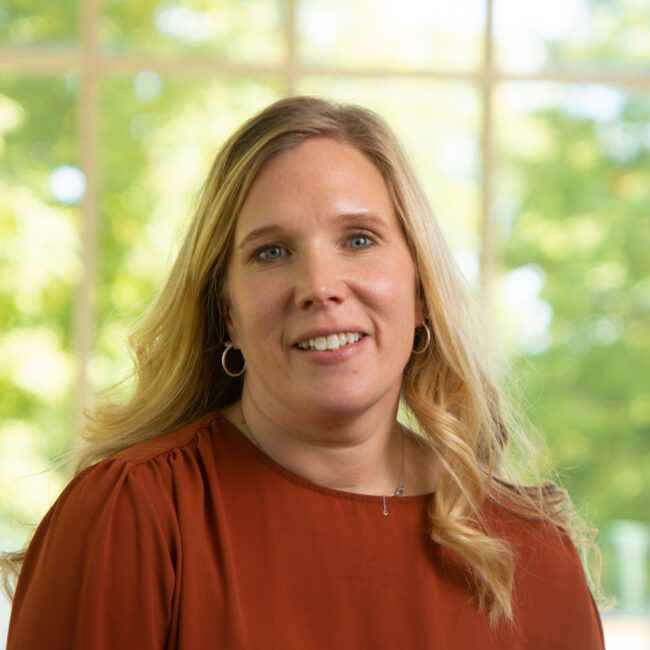
13 Nov Wound Care From the Frontier to Rehab Facilities
jackie Barnhart, fnp-c
My journey into healthcare started when I was quite young. I come from a family that is very medically driven; my grandfather was a doctor, my mother a nurse and my young life was surrounded by many things medical. As a rebellious child, I told myself I was not going into the medical profession as many in my family did, but in high school I was fascinated by the study of the human body. As a result, I followed that curiosity. I became a nurse aide in high school, went into the nursing program after graduation, worked as an RN through my master’s degree and then became a Family Nurse Practitioner.
I began my career practicing intensive care medicine as an RN but quickly moved into rural areas in North Dakota. Providing medical care in these areas was truly more of a frontier setting. People use the term rural when speaking of cities that have several thousand people. I’m talking about delivering care to communities with than 1,000 people; it’s very remote and there are no specialties. This experience as a nurse in North Dakota influenced my decision to become a nurse practitioner. I needed the capabilities to practice independently, to take on more responsibilities in order to give my patients better access to care, so I became a family nurse practitioner.

Providing medical care in these areas was truly more of a frontier setting. People use the term rural when speaking of cities that have several thousand people. I'm talking about delivering care to communities with than 1,000 people
As a family nurse practitioner in this setting, you become a jack of all trades, there is a need to know a little bit about everything. Providers working in frontier medicine typically find a few specialties to focus on, an area of knowledge to specialize in, and one of mine was wound care. To provide this access to care in frontier ND I obtained a certification in wound care, learned to manage wound vacs, worked with other nurses to get certifications in wound care, and took care of our patients with wounds in the nursing homes and in the community.
Access to care has become one of my passions in healthcare. I believe all people deserve the best care possible no matter their location. I remember my grandfather performing house calls, providing care to people in their own homes. Recently the use of telehealth has reinvented this, bringing healthcare back to the patients where they are most comfortable, where it is easier for them, in their very own homes. I believe there is a huge need to be able provide care to our patients in new and different ways and bringing provider level care back into the home with Mendota Health is one.
I have been given the opportunity to impact healthcare from a leadership perspective as well. This has included roles like Chief Operation Officer, Nurse Navigator, Quality Assurance Director, etc. With this leadership experience I have a greater ability to understand health care from a multitude of perspectives. I want to leverage my understanding of patient care, business, and finance to be a positive force at Mendota Health and for our patients.
sharon momanyi, aprn, cnp-a, phn
In my very first job as a nurse in a nursing home, I met a nurse practitioner. And I thought “Wow your job looks super awesome. How do I become you?”
My love for working in geriatrics blossomed from there. I went back to school to become a nurse practitioner and went on to work in geriatrics, pain management, and palliative care. Throughout these experiences I was able to see the great need for quality wound care and was even able to provide wound care myself.
Especially working in the rehab facility really brought home the huge impact wounds have on people’s lives and how debilitating they are. Wounds can be incredibly painful and affect a person’s mobility and quality of life. Wound care offers providers the opportunity to actually see the culmination of their efforts when a wound is healed. You can see the changes from appointment to appointment; it’s not as ambiguous as managing blood pressure, or mood management. I love the complexity of it. Even when I managed all the chronic wounds for Hennepin County hospice, I could see the relief pain management meant for patients at this stage of their life.

Nurse practitioners are particularly equipped for this type of work. The nursing approach goes so far beyond the care plan. It is about sitting down and being with the person, being a change agent and adding quality to their life.
It is powerful to be with a person on this journey. Nurse practitioners are particularly equipped for this type of work. The nursing approach goes so far beyond the care plan. It is about sitting down and being with the person, being a change agent and adding quality to their life. This mode of operating is so natural to me that I laugh when I think that I tried really hard not to be a nurse. My mom was a nurse and so it was a career that has always been a part of my life. As I went on to college, I explored many different career paths, and they all led back to nursing. I am an extremely empathetic person and I want to take care of people and I get to do that as a nurse. As a nurse you get to sit in a space with patients that not a whole lot of other people get to sit in and actually be with them in the hard times.
I am very excited to join Mendota Health. I look forward to leveraging my experiences throughout my career and lessons learned in my doctoral program in Public Health to help drive team and patient success. I believe in servant leadership and that my success is interwoven with the success of my team. It’s my responsibility to make sure everyone working with me understands my leadership philosophy. We are all on the same page, we’re all moving towards the same goal.

